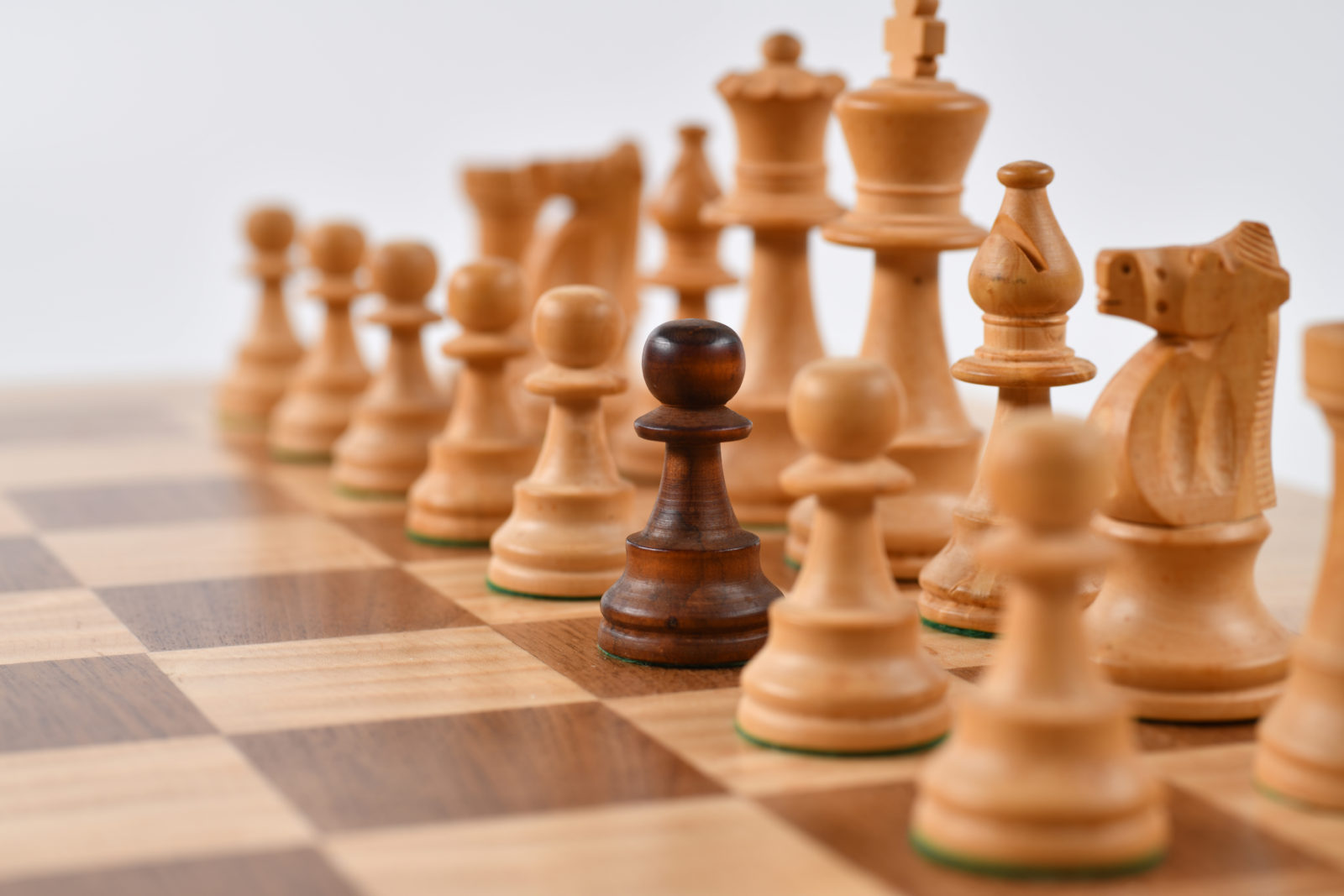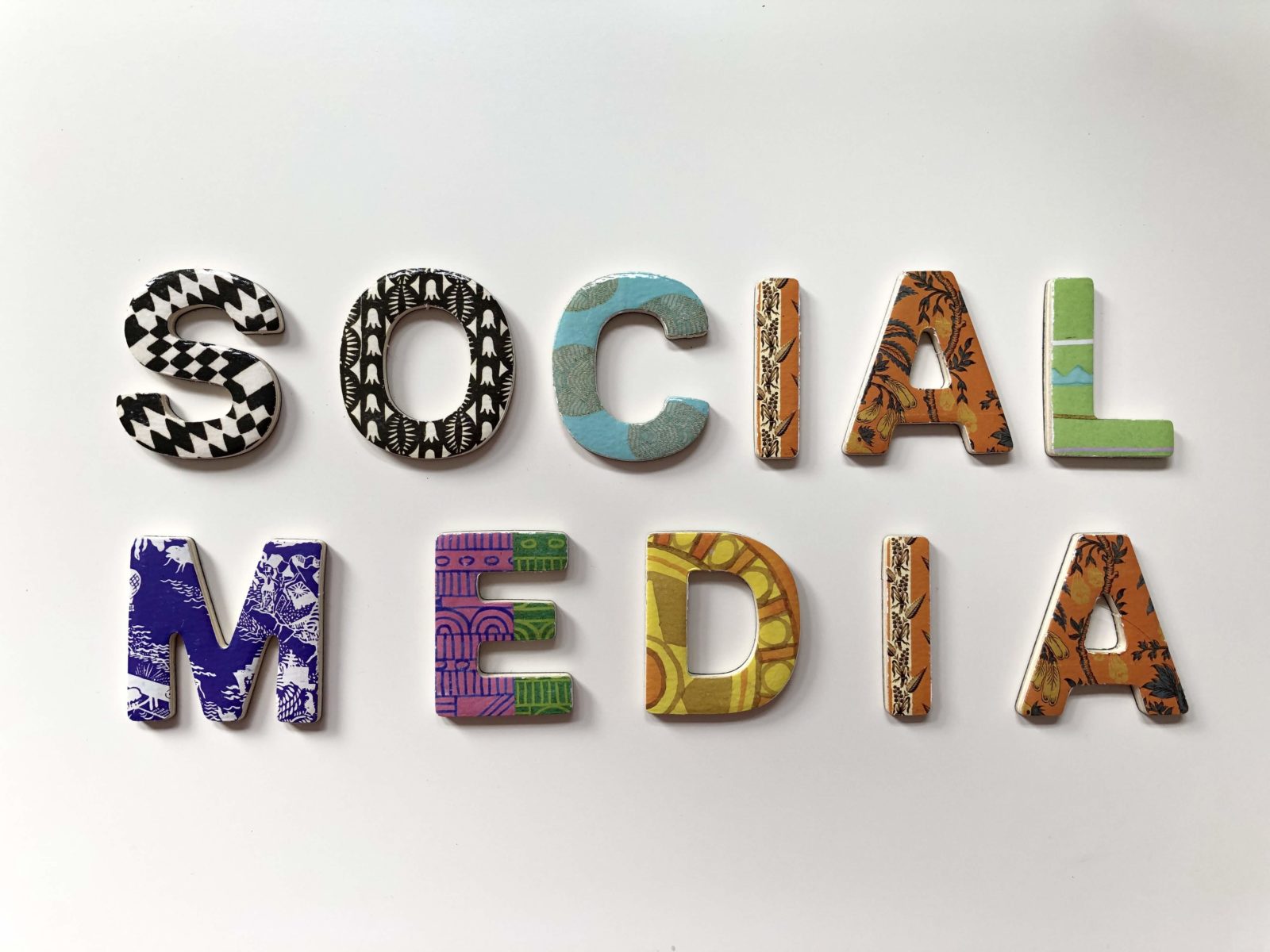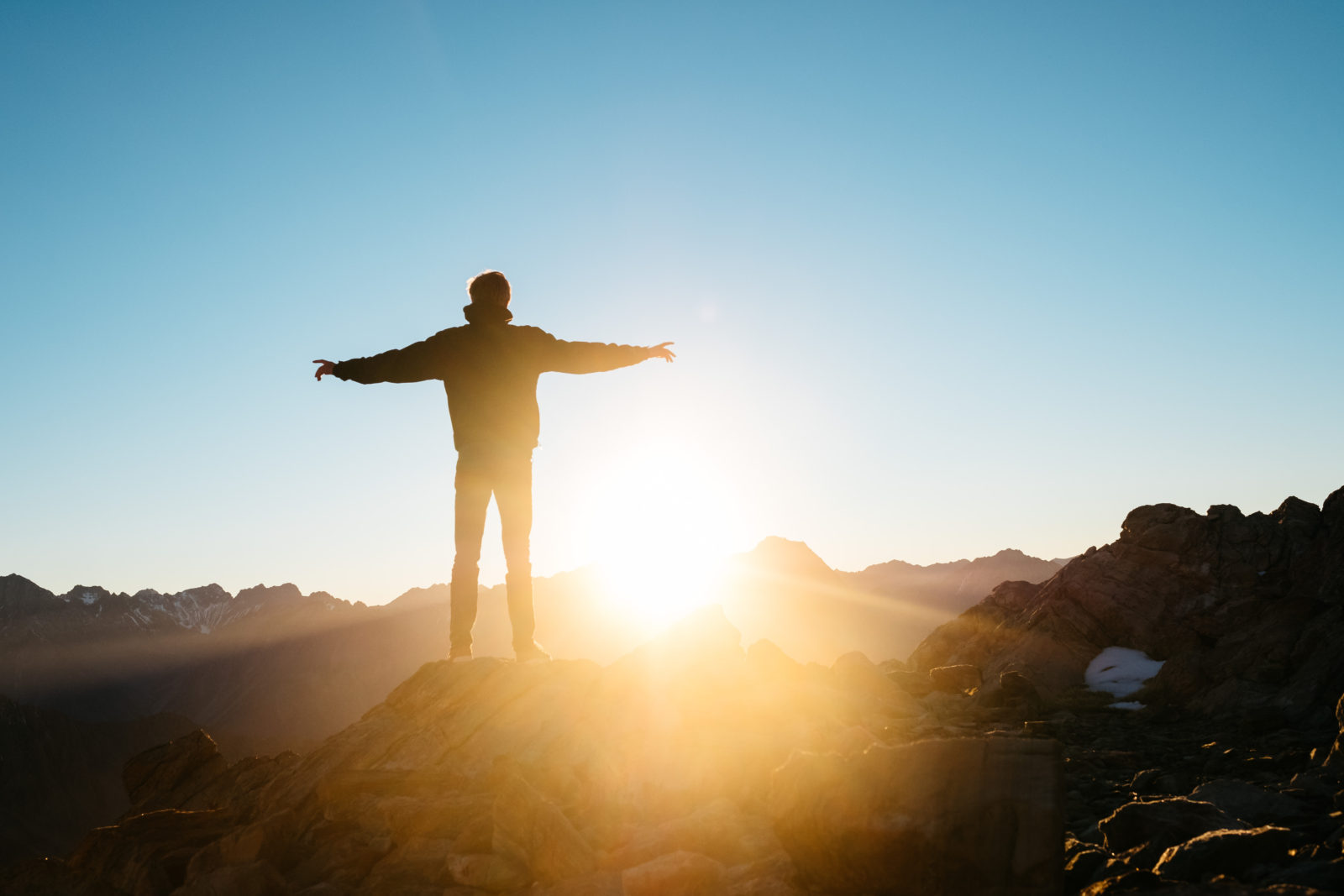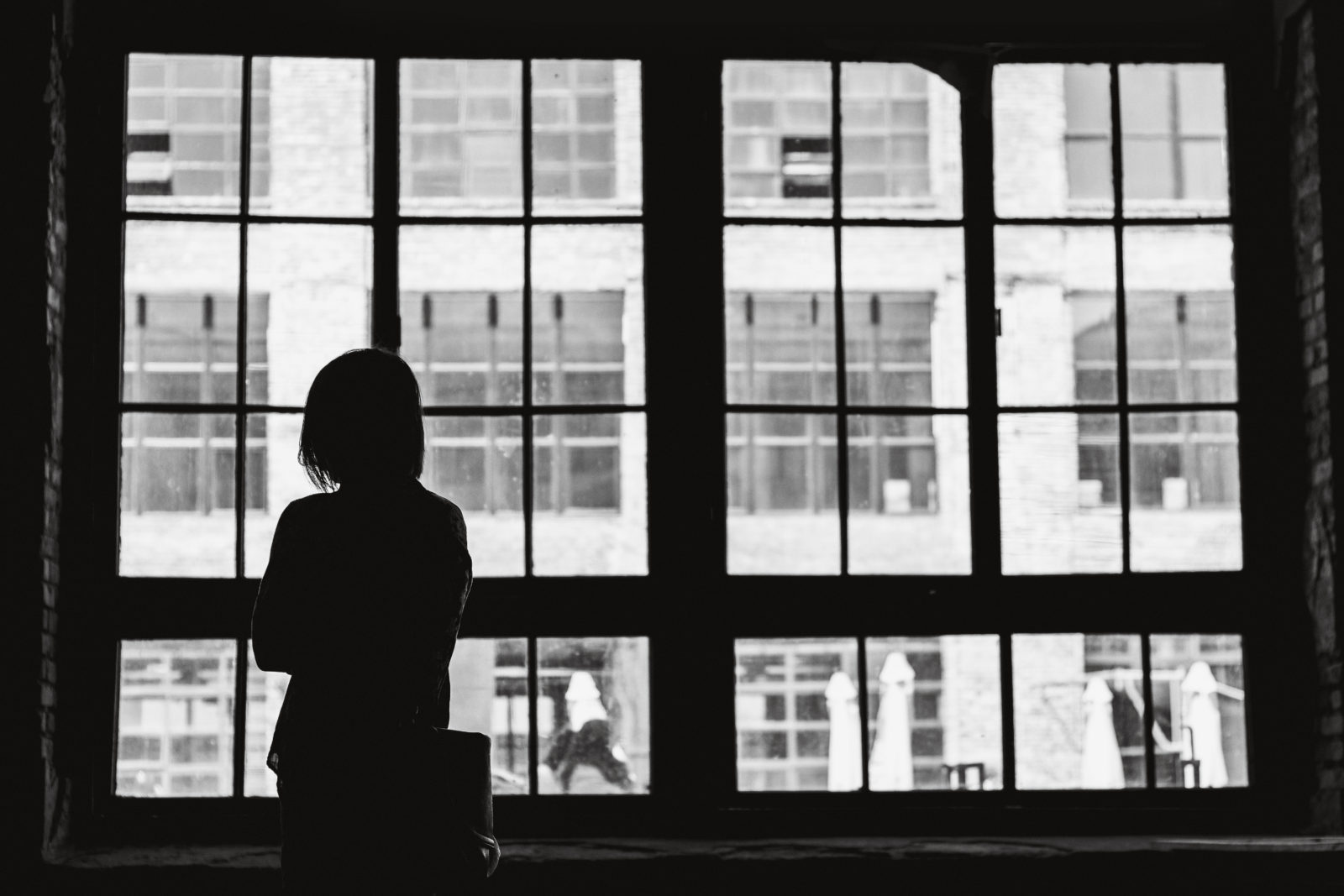This week, Ruth Soukup released a new book called Do It Scared. I took the fear assessment that’s included in the book, and my primary fear archetype is an Outcast.
The Outcast’s biggest fear is rejection. That no one will want them. Sometimes it’s because people have, actually, rejected them. Many times, it’s not. But that’s the narrative they hear, the script that plays in their heads.
This revelation was not news to me, really. I have felt different for most of my life … my first memory of feeling odd happened when I was four years old. And I’ve had enough people reject me, in sometimes very hurtful ways, that I started to expect it.
So being an Outcast doesn’t really surprise me. But it does beg the question: what am I going to do about it?
Owning the Differences
In Myers-Briggs language, I’m an INTJ, the rarest personality type for females. In Carol Tuttle’s energy typing system, I’m a Type 3 (Fire). I am Rebel, according to Gretchen Rubin.
The truth is, I don’t function like many other people. I often feel odd, like everybody else in the room gets something that I’m missing out on. It isn’t always fun. And I can sometimes unintentionally hurt, instead of help, with my blunt responses.
But the truth is, this is who I am. And it really is a good thing.
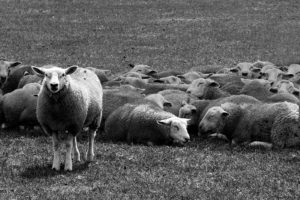
When I looked up my Myers-Briggs type, I told Eric, “Turns out, I really am weird.” His reply: “No … you’re just special edition.” I loved his response. And as much as he surprised me, he is right.
For years, I beat myself up for being different. But when I own those differences, I discover that I also bring an awful lot to the table.
I don’t enjoy small talk, but my different take on things often makes people laugh. I don’t like being told what to do, but if you earn my trust, I am intensely loyal. My need for efficiency means I want to cut through the get-to-know-you stuff, but it also means I get more done with less in almost any area.
An Outcast and a Bridge
The greatest gift of being an Outcast, though, is not all that I bring to the table. Though it may seem unexpected, the position of outsider actually brings with it a powerful positive.
The one on the outside can be a bridge.

Because I don’t fit entirely in most circles I navigate, I have a unique opportunity. Even as I stand with one foot in the circle, I have another foot outside of it. And when that foot is set in a second circle, I begin to bridge the gap between those groups.
This has been especially true in the area of faith.
I graduated from a Christian university with a double major in English and Theatre. The following year, I worked on a play with a local theatre group that dealt with very non-Christian themes. I spoke both languages: faith and theatre, so I ended up with strange opportunities to explain one group to the other.
And this has happened in many areas of my life. Because I don’t entirely fit in, because I constantly struggle with feeling rejected, I am also constantly in a position to be a connection point between the various worlds where I live.
It isn’t an easy position, obviously. But it is a powerful and potentially beneficial one.
Being an Outcast is part of my life. But being a Bridge is a choice I can make to use that fear, that struggle to bring more connection and kindness into the world.
To be a Bridge is the flip side to the Outcast coin. And I think it’s a very, very good one.
